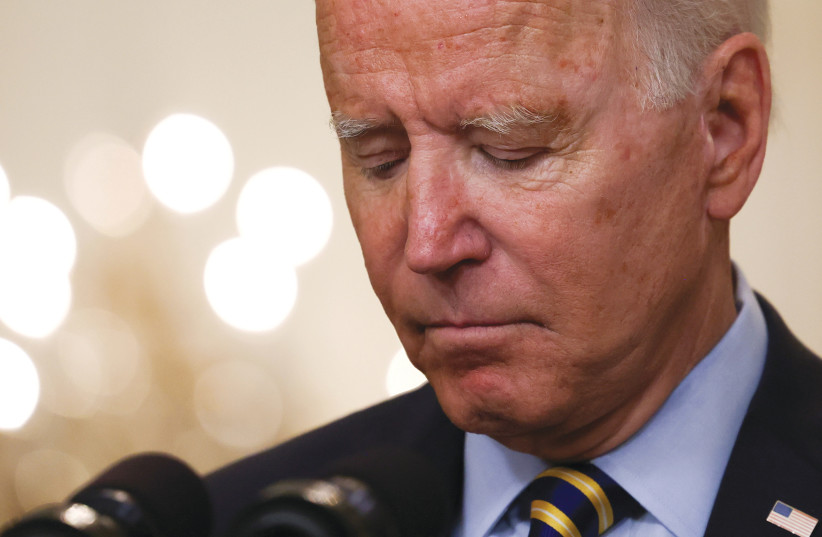The year 2021 ended with the Republican Party making gains, with more Americans leaning toward the GOP rather than the Democrats in the year's fourth quarter, according to a new Gallup poll.
<br><br>Quarter by quarter support
While on average, the support enjoyed by the Democratic Party (46%) versus the Republicans (43%) seemed the same throughout 2021, the situation changes when looking at data by quarters.
In the first quarter, the Democrats enjoyed a nine-point advantage: 49% to 40%. This came following Donald Trump's last days in office when he was already suffering a career-low approval rating of 34%. It was compounded by high COVID-19 death rates, refusal to concede the 2020 elections and the fact that his supporters on January 6 stormed the US Capitol building in an attempt to keep the election from being certified.
By contrast, President Joe Biden saw positive ratings after taking office, which stayed high for quite a while. COVID-19 infections decreased after vaccines were rolled out, and the Biden administration was safely sworn into office on January 20.
In the second quarter, however, Republican support began to climb to 43%. In the third quarter, Democrat support dropped to 45%.

Why did this happen?
According to Gallup, a number of factors were at play. The arrival of the Delta variant saw COVID-19 cases get worse, and this became even more of an issue with the arrival of the Omicron variant, which, although it is less serious, is causing more serious cases because it is currently estimated to be one of if not the most transmissible and fastest spreading viruses around, arguably second only to measles.
But in addition to COVID-19, there is also the US withdrawal from Afghanistan. This highly controversial decision saw the US pull out of the beleaguered county after nearly 20 years there followed by the extremely rapid takeover by the Taliban.
This culminated in Biden's approval ratings dropping steadily.
Then, in the fourth quarter, the Republican Party moved ahead with 47% support while Democrats dropped down to 42%.
This wasn't an isolated shift either. In fact, it coincided with the many elections throughout the US last year, which saw the Republican Party have strong performances, most notably winning the race for governor of Virginia and a close race for governor of New Jersey.
All told, the Democrats still have an edge over the GOP on average throughout the year, but it is slightly smaller than in recent years. This, however, also reflects Gallup's prior polls since 1992, which have always seen Democrats edging ahead of Republicans, though things were roughly equal from 2001-2003 and in 2010-2011.
Furthermore, it is unclear if the Republicans will keep whatever edge they currently have over Democrats, as going by Gallup's monthly estimate, they are dropping to 46% while Democrats are climbing with 44%.
<br><br>The rise of the political independents
But there is one other conclusion that this poll has made abundantly clear: Neither party commands a majority of support.
While this survey takes into account members of both parties as well as those who lean one way or the other, when taking into account actual core supporters and members, the largest American demographic is that of political independents.
According to Gallup, while the percentage of independents began rising at the turn of the 1990s, they saw a major jump in support in 2011. Since then, with the exception of 2016 and 2020, at least 40% of Americans have identified as political independents.
Currently, that number stands at 42%, while core Democrats number at just 29% and core Republicans 27%.
This is especially relevant with midterm elections set to shake up the legislative branch. Currently, the Democrats enjoy a majority in both the House of Representatives and the Senate, the latter by an especially slim margin. These midterms could be key to seeing which party has control in the next two years.
Time will tell how things play out in 2022.
